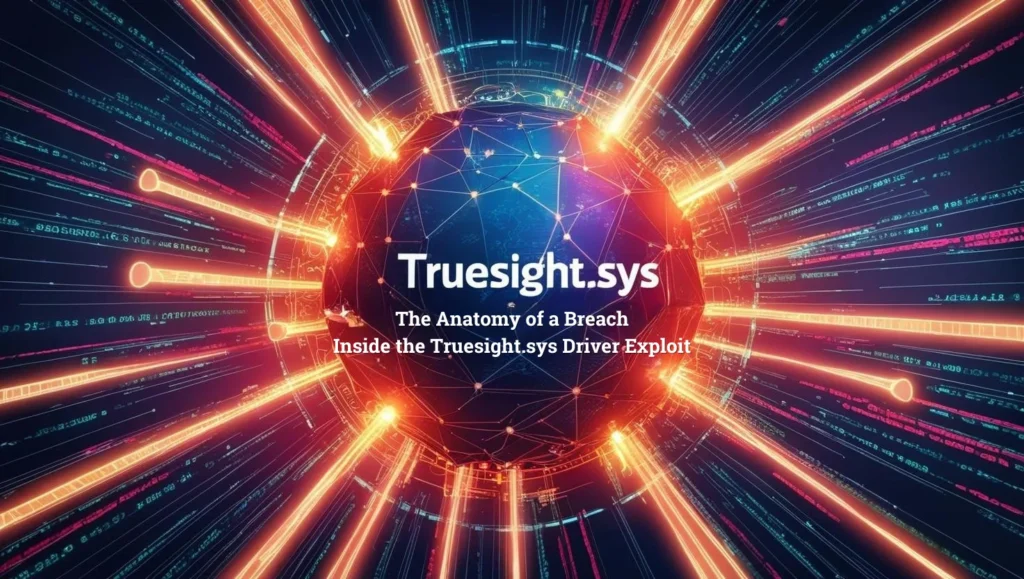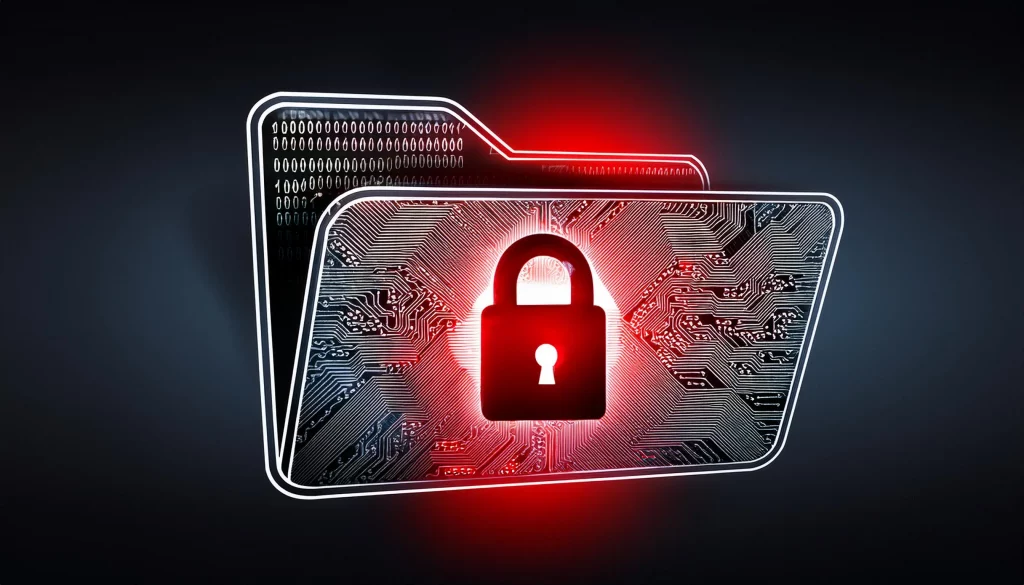Business Continuity vs Disaster Recovery – Essential Distinctions for Onsecc Clients
In today’s volatile business world, the ability to navigate potential disasters is paramount. Consider the impact of events like the COVID-19 pandemic, which forced countless businesses to shutter due to inadequate preparedness. This underscores the critical importance of distinguishing between business continuity vs disaster recovery strategies.
In this Article:
- Business Continuity vs Disaster Recovery – Key Differentiators
- Importance of Business Continuity and Disaster Recovery
- Choosing Between Business Continuity and Disaster Recovery
- Similarities Between Business Continuity and Disaster Recovery
- Technology Considerations for Business Continuity and Disaster Recovery
- Conclusion
Business Continuity vs Disaster Recovery – Key Differentiators
What is Business Continuity?
Business continuity involves an organization’s preparedness to maintain operations despite incidents such as cyber-attacks, security breaches, or natural disasters. A robust Business Continuity Plan (BCP) is essential, serving as a blueprint for effective risk management and swift recovery.
What is Disaster Recovery?
Disaster recovery, an integral facet of business continuity, focuses on restoring IT infrastructure, access, and functionality following incidents like natural disasters, cyberattacks, or operational disruptions. A well-defined disaster recovery plan (DRP) acts as a safety net, outlining steps and protocols to recover organizational data, infrastructure, and technology.
| Aspect | Business Continuity | Disaster Recovery |
| Purpose | Ensures continuity of business operations during and after a disruption | Focuses on restoring IT systems and data post-disaster |
| Planning Scope | Includes operational procedures, staffing, communication, and supply chain management | Primarily involves recovering critical systems and data |
| Main Goal | To maintain business functions despite disruptions | To minimize downtime and restore IT functionality quickly |
| Safety Measures | Focuses on business operations and employee safety | Mainly concerned with IT system restoration |
| Communication | Ensures communication methods continue functioning | Ensures the organization’s ability to return to full functionality |
| Incorporation in Plans | May include elements of disaster recovery plans | May be part of broader business continuity planning |

Components of a Business Continuity Plan
- Identification of critical processes essential for seamless functionality post-disaster.
- Focus on maintaining customer services and supporting business partners.
- Documentation of vital business functions, key contacts, and crucial resources for rapid recovery.
Components of a Disaster Recovery Plan
- Evaluation and selection of appropriate data recovery systems and tools.
- Establishment of clear Recovery Time Objectives (RTO) and Recovery Point Objectives (RPO).
- Development of comprehensive protocols delineating roles, responsibilities, and procedures for smooth recovery operations.
Importance of Business Continuity and Disaster Recovery
These plans are pivotal in safeguarding organizations against threats like natural disasters, cyber-attacks, and data breaches. They mitigate losses, improve operational resilience, and build trust among stakeholders by ensuring continuity of services during challenging times.
Choosing Between Business Continuity and Disaster Recovery
Selecting the appropriate strategy is crucial for enhancing resilience to operational disruptions. Understanding the distinctions between BCP and DRP aids in making informed decisions aligned with Onsecc clients’ specific objectives and requirements.
Similarities Between Business Continuity and Disaster Recovery
Despite their distinct focuses, BCP and DRP share similarities such as a proactive approach, adaptability to various crises, emphasis on continuous improvement, and leveraging technology to minimize disruption.
Technology Considerations for Business Continuity and Disaster Recovery
| Technology Considerations | Description |
| Data Backup and Recovery | Essential for ensuring critical data can be restored after a disaster, with regular testing for accuracy |
| Infrastructure Redundancy | Implementation of backup power, network connectivity, and server hardware to maintain critical systems |
| Cloud Computing | Utilization of cloud-based backup and recovery solutions or migration of critical systems to the cloud |
| Remote Access | Provision of secure remote access solutions for employees to work from alternative locations |
| Cybersecurity | Implementation and maintenance of up-to-date cybersecurity measures to prevent cyberattacks |
| Communication Systems | Deployment of redundant communication channels such as phones, email, and instant messaging |
| Testing Business Plans | Regular testing of both business continuity and disaster recovery plans to identify and address weaknesses |
Conclusion
Differentiating between business continuity and disaster recovery is essential for fortifying organizations against potential disruptions. Onsecc’s expertise in crafting comprehensive compliance solutions tailored to each client’s unique needs ensures resilience and minimizes the fallout from unforeseen events.
Contact Onsecc to fortify your business against potential disruptions today.
Contact info
- 3rd Floor, 86-90 Paul Street, London, EC2A 4NE, UK
- +44-2034880245
- hello@onsecc.com
Share Blog On
Download Free Assessment Guide of ISO 27001 : 2022
Recent Posts:
-
 Cyber Insurance for Small Businesses: What You Don't Know Could Cost You Everything
Cyber Insurance for Small Businesses: What You Don't Know Could Cost You Everything -
 Meet AkiraBot: The AI Spam Demon Haunting 420,000 Websites (and Counting)
Meet AkiraBot: The AI Spam Demon Haunting 420,000 Websites (and Counting) -
 2,500 Faces of Deceit: The Proliferation of Malicious Truesight.sys Variants
2,500 Faces of Deceit: The Proliferation of Malicious Truesight.sys Variants -
 Zero-Day Vulnerabilities: The Invisible Threat Redefining Cybersecurity
Zero-Day Vulnerabilities: The Invisible Threat Redefining Cybersecurity -
 The Middle East’s Cybersecurity Gap: Building Defenses for a Digital Future
The Middle East’s Cybersecurity Gap: Building Defenses for a Digital Future -
 The Cost of Non-Compliance: What the TfL Cyber Attack Teaches Us
The Cost of Non-Compliance: What the TfL Cyber Attack Teaches Us -
 GDPR in the United States: A Do or Die Situation for Businesses
GDPR in the United States: A Do or Die Situation for Businesses -
 Is Your Business PCI Compliance Certified? Don’t Risk It!
Is Your Business PCI Compliance Certified? Don’t Risk It!
FAQs
Onsecc provides cybersecurity compliance solutions that contribute to both business continuity and disaster recovery by ensuring regulatory compliance, protecting data, and minimizing risks of disruptions.
Onsecc helps businesses develop comprehensive plans by offering expertise in cybersecurity compliance, risk management, and technology solutions tailored to maintain operations during disruptions.
Yes, Onsecc offers services and tools to enhance disaster recovery strategies, including data backup solutions, IT infrastructure assessments, and incident response planning.
Onsecc specializes in addressing the specific compliance needs of industries like healthcare, finance, and technology, providing tailored solutions to ensure resilience against disruptions.
Onsecc conducts regular assessments, updates, and training to ensure that continuity and recovery plans are robust, compliant, and aligned with industry standards and best practices.
